
You notice the strong odour of petrol in your car. We might have talked about how to identify smells in your vehicle before, but today we’re homing in on the scent of the world’s favourite hydrocarbon.
Unsurprisingly, a petrol leak is the most likely cause of the smell. Fortunately, this is fairly easy to diagnose. However – if this isn’t case then these are some of the potential contenders:
Problems with Petrol Cap
If your petrol cap is faulty or loose, then it may allow vapours to escape the fuel tank, causing a petrol smell in the car. Check if you’ve forgotten to replace it after refuelling. If it’s where it should be, the next step is to give it a twist, till it clicks into position, snug in place.
On newer cars a faulty cap may cause the check engine light to illuminate, which could be down to a damaged or broken valve, or the thread could have worn down, stopping it from tightening properly. In either case you’ll need to replace the cap.
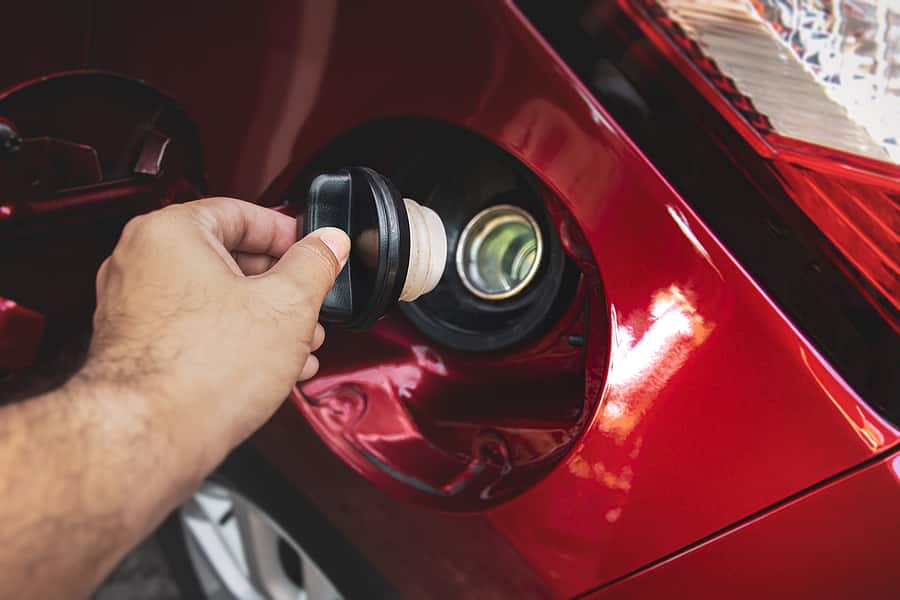
Charcoal Evaporation Canister (Fuel Vapour or Charcoal Canister)
Charcoal evaporation canisters gather any excess vapour that escapes your fuel tank, reducing the level of emissions. A crack or leak in the canister, from a damaged vent or seal, could lead to a strong petrol smell in the car. Some of the accompanying symptoms include:
- Check engine light will illuminate on the dash-board
- You may be alerted by a pinging sound coming from the engine
- The car may suffer from decreased performance
Replacing the canister is the only option if your car is suffering from this issue. However, you’ll often find this part is located on top of the petrol tank in many vehicles, which normally means you’ll need to remove the tank to perform the replacement. Usually, you’re better off talking to a mechanic.
Faulty Spark Plugs
If spark plugs are not igniting the petrol properly in the engine, then this can lead to fumes in the cabin. Check each of the spark plugs to ensure the wires, coils, and washers are all in good condition and intact, whilst replacing any that don’t meet the required standard.
Make sure you put back all spark plugs in the same order as they were removed, or your vehicle will fail to start. If there are no issues with the spark plugs, check the torque, so that they are appropriately tightened when replacing them in line with your manufacturer’s guidelines as if they’re too loose this could lead to fumes leaking out.
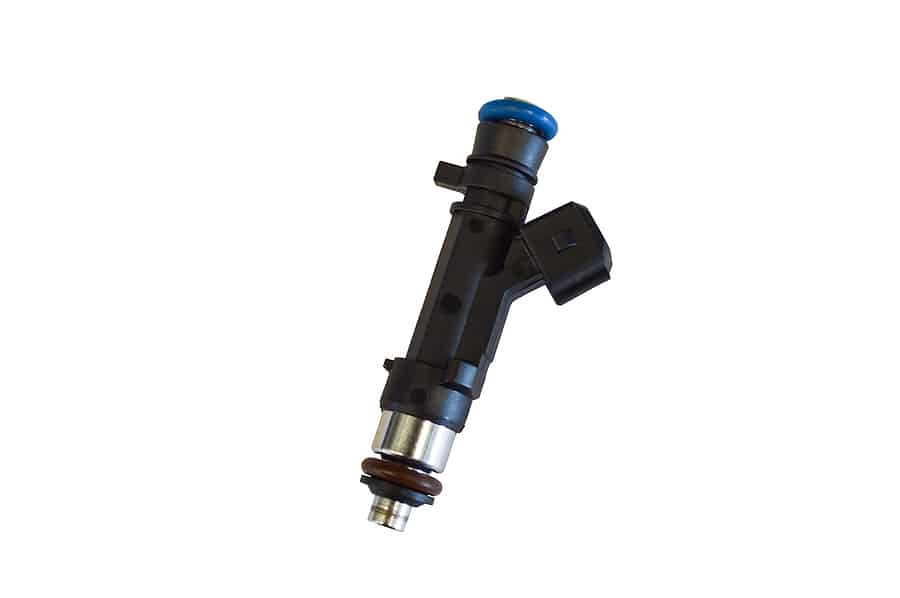
Fuel Injector Leak
Issues with the fuel injectors can result in a smell coming from the front of the car, which gets stronger when you open the bonnet – if this is the cause of the odour. Damage to the rubber seal at the bottom of an injector or the o-ring at the top, due to drying up and cracking or wear and tear causing gas fumes to escape from the combustion chamber, are the most likely culprits. Check for injector leaks with the following short process:
- Start the car and warm up the engine
- Sniff around the fuel rail – if there is an injector leak, you’ll definitely smell it
- Examine the injectors – a faulty or problematic injector will be surrounded by moisture
In order to fix this problem, you should not have to replace the whole injector, just the damaged o-ring or seal.
Exhaust
Exhaust fumes can carry unburned petrol, especially when you’re putting your foot down and accelerating. If there is a problem with your exhaust and it’s leaking fumes, then these can find their way into your vehicle’s cabin. The closer the leak is to the engine, then the stronger the smell of petrol in the car.
There may also be the tell-tale odour of petrol around the back of the car. Some of the other signs of a leak include:
- Your exhaust has become noticeably louder than usual when accelerating
- The leaking exhaust may make a ticking noise – often present with exhaust manifold leaks
- The volume of the ticking indicates the proximity of the leak to the engine
Check for leaks by holding a towel over your exhaust pipe as the car idles. Normally the exhaust should blow into the towel, creating pressure. However, if there is a leak, it’s likely that the towel will stay static. If you want to try this test on a car with multiple exhausts, then you may need to enlist an assistant, to help you to block the other pipes at the same time.
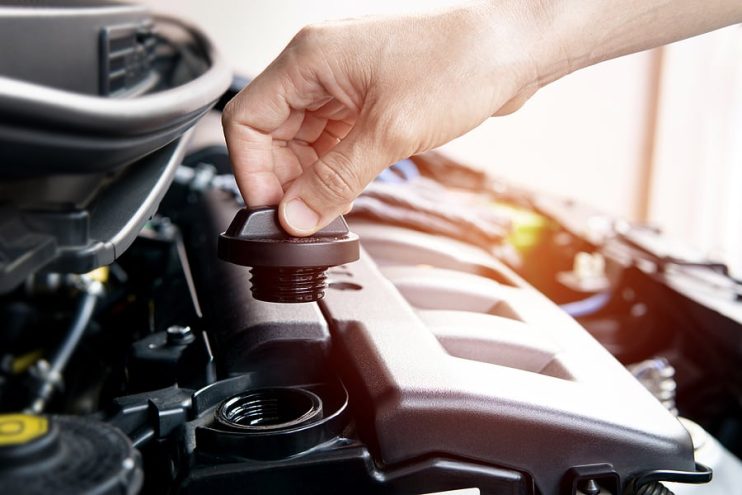
Oil Cap Issues
It’s easy to overlook this common issue. The scent of oil can be easily mistaken for petrol. Fumes can escape from the oil tank into your vehicle’s ventilation system, if the gasket is broken, or the o-ring is worn out and leaking. It’s easy to diagnose:
- Open the bonnet and look around the oil cap
- Oil and debris collecting on the valve cover below the cap means the o-ring is leaking
- Inspect the o-ring for damage or missing parts
- Replace the o-ring if it looks flat you may need to replace it with a new one
- Additionally check the oil cap for cracks – replace the entire cap if you find any
Getting the right oil cap could be difficult if you have an older vehicle, so don’t forget to try a dealership or scrap-yard.
Our Final Word
Vehicles manufactured in or before the early 1980s will release a very faint smell of petrol when the engine’s been turned off – do not fear, this is normal. Older cars lack the built in evaporative emissions systems that stops this issue. Remember that your car could potentially smell of petrol, if you have spilled some when filling up your tank. Recently been to the pumps? Then wind down your windows as you’re driving along. No petrol smells? The chances are you don’t have a leak.

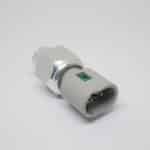
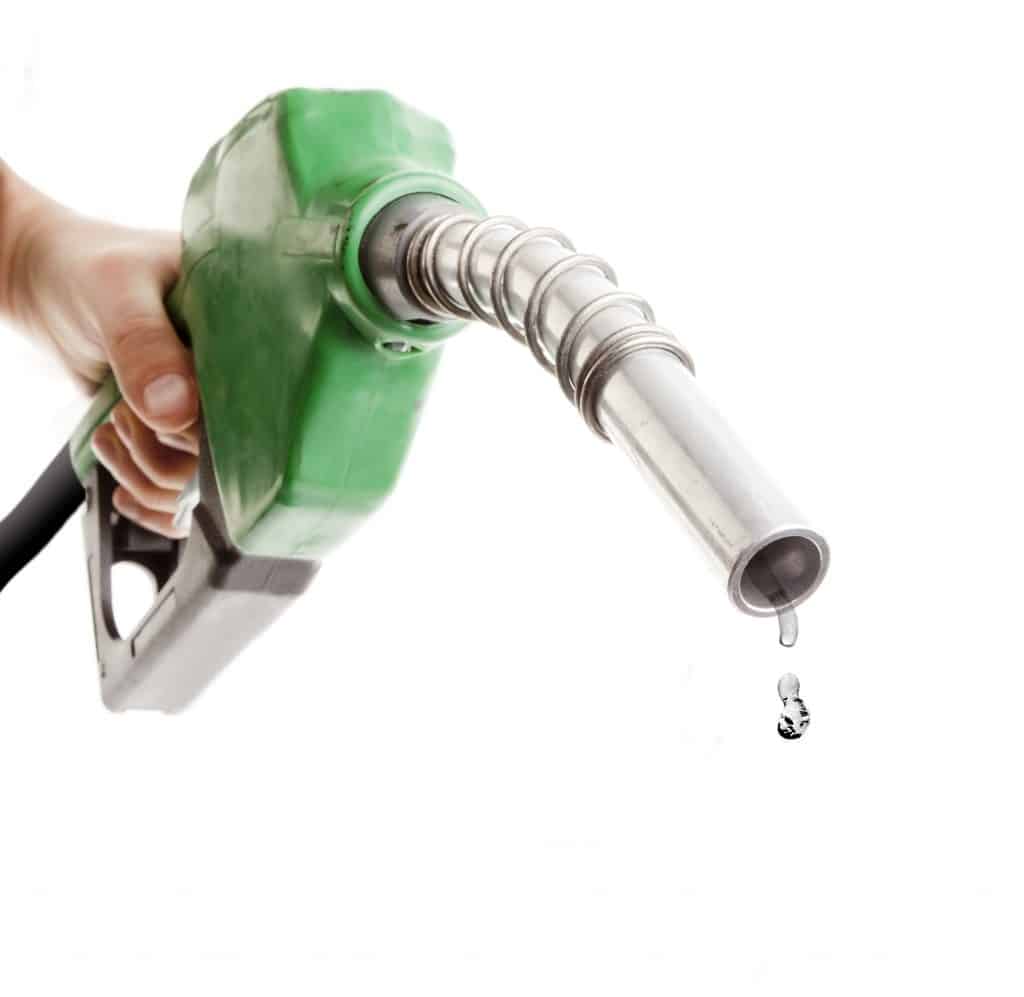

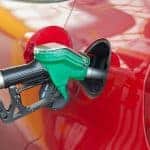
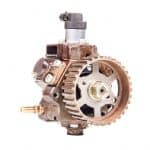
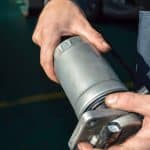
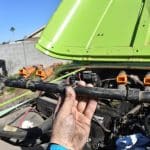
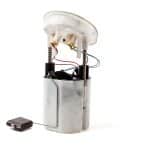



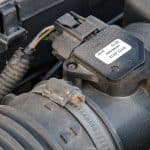
.png)